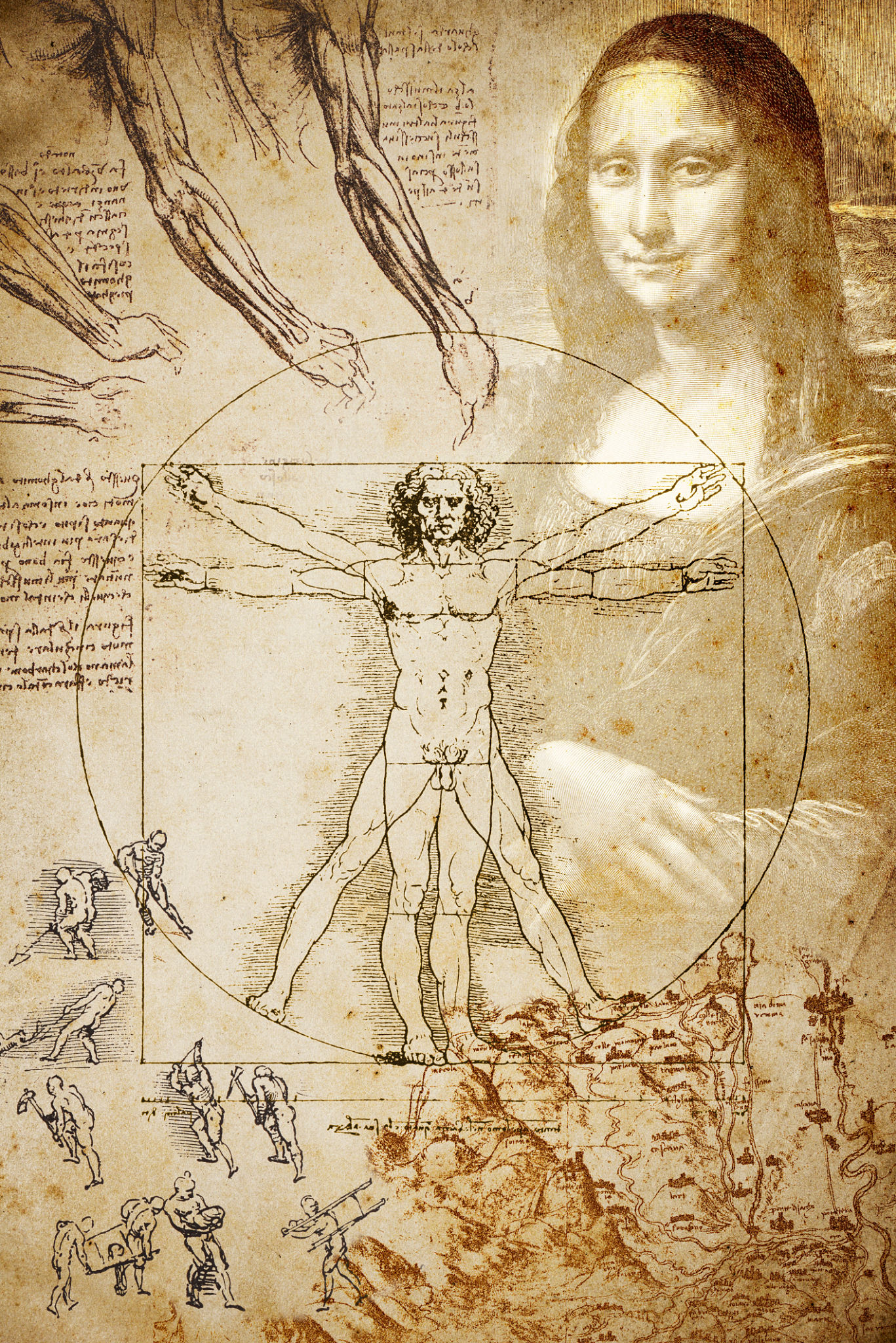The History and Evolution of Pigments in Italian Art and Culture
Introduction to Pigments in Italian Art
The vibrant and expressive use of pigments has been a hallmark of Italian art, tracing back centuries to the heart of the Renaissance. The history and evolution of pigments in Italy not only reflect the advancements in art techniques but also cultural and economic shifts that influenced the creation of masterpieces. Understanding the journey of these pigments offers insight into the dynamic world of Italian art and culture.

Early Beginnings: Natural Earth Pigments
In ancient Italy, artists primarily used natural earth pigments derived from minerals and plants. These pigments, such as ochre, were readily available and provided a warm palette that defined early Italian art. Earthy tones were prevalent in frescoes and murals, showcasing scenes from mythology and daily life.
The use of these natural pigments was not only a matter of availability but also a reflection of the connection between art and nature. Artists relied on the land's resources, which dictated much of the color schemes found in early artworks.
The Renaissance Revolution: The Introduction of New Pigments
The Renaissance marked a pivotal shift in the use of pigments, as Italian artists began to explore new materials. With increased trade and exploration, pigments such as ultramarine, made from lapis lazuli, became more accessible. This vibrant blue was highly prized and often used to depict the robes of the Virgin Mary, symbolizing purity and divinity.

Moreover, the invention of oil painting during this period allowed artists to experiment with a wider range of colors and techniques. The ability to mix pigments with oils led to richer and more vivid artworks, revolutionizing the artistic landscape.
The Influence of Science and Technology
The advancement of science and technology played a significant role in the evolution of pigments. The development of synthetic pigments in the 18th and 19th centuries provided artists with an expanded palette at a lower cost. Colors such as Prussian blue and cadmium yellow offered new possibilities for artistic expression.
These innovations not only democratized art by making it more accessible but also inspired movements like Impressionism, where vibrant colors were used to capture light and emotion.

Modern Impacts: Cultural and Environmental Considerations
Today, the use of pigments in Italian art continues to evolve, influenced by cultural and environmental considerations. Contemporary artists are increasingly aware of the environmental impact of synthetic pigments and are exploring sustainable alternatives. The resurgence of natural pigments reflects a growing appreciation for traditional techniques.
Furthermore, Italian culture remains deeply intertwined with its artistic heritage, and modern artists draw inspiration from historical practices while pushing boundaries with new materials and methods.
Conclusion: The Legacy of Italian Pigments
The history and evolution of pigments in Italian art is a testament to the creativity and adaptability of artists throughout the ages. From natural earth tones to synthetic innovations, each era brought new challenges and opportunities that shaped the artistic landscape. As Italy continues to honor its rich artistic traditions, the story of pigments remains a vibrant thread in its cultural tapestry.
